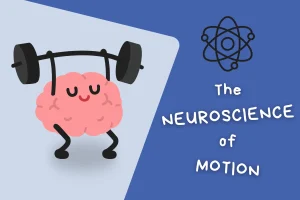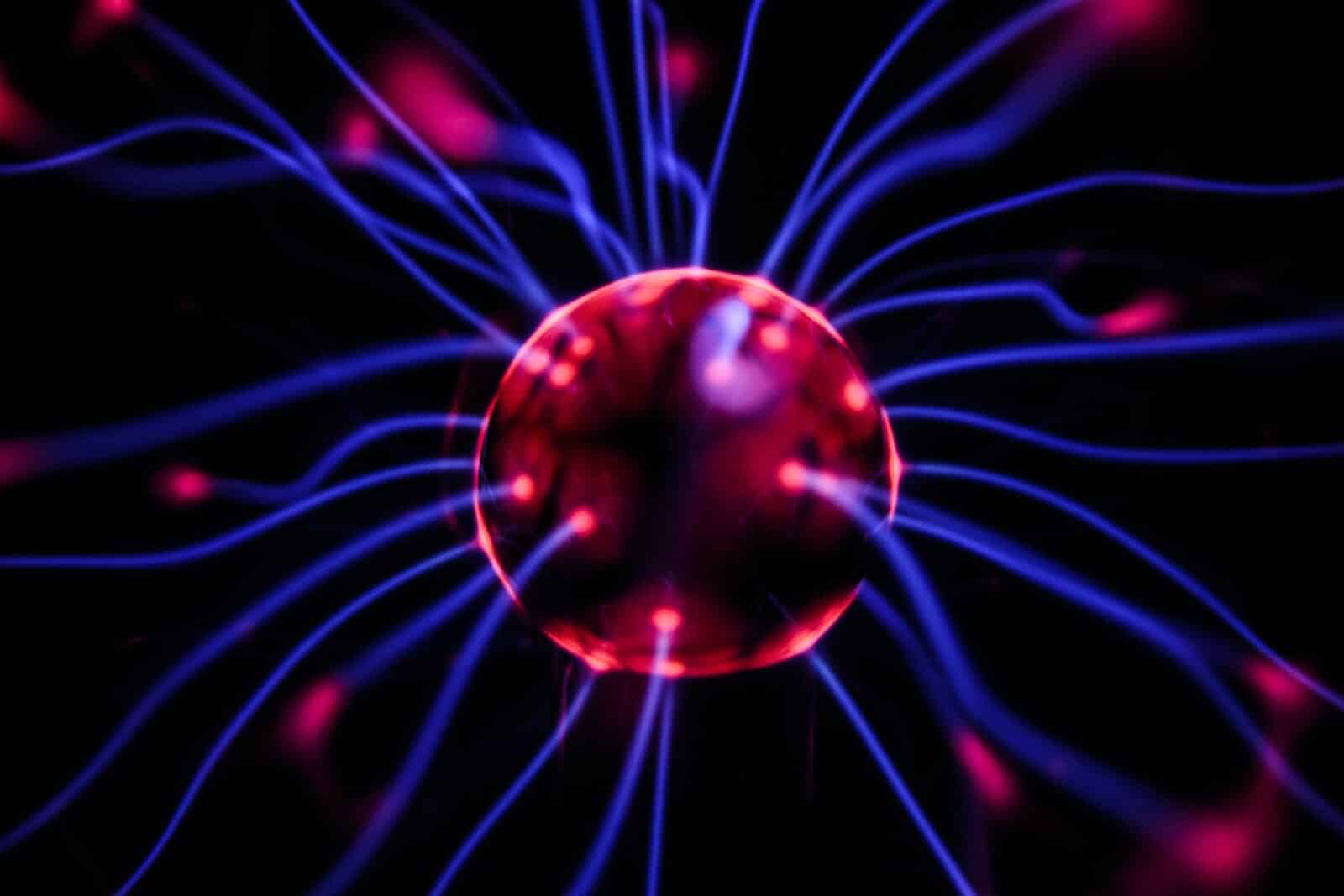In our last post, we talked about the effects of ACEs on the ability to learn. This post focuses on how movement impacts the brain in several ways that are important for children with ACEs.
First, movement increases levels of glutamate in the brain through brain-derived neurotrophic factor (BDNF). This messenger neurotransmitter is responsible for starting and maintaining the communication between nerve cells. Communication is crucial for smooth brain functioning and complex thought (Maddock, 2016).
What is BDNF?
Exercise increases the release of small proteins called “growth factors.” These growth factors promote the growth, maintenance, and repair of neurons which can be disrupted as a consequence of ACEs. Growth factors are key in maintaining plasticity in the brain through adulthood. The specific growth factor called brain-derived neurotrophic factor, or BDNF, improves with movement. This is incredibly important as BDNF levels have the ability to modify the body’s vulnerability to stress.
Studies on Movement
Studies on BDNF indicate the importance of movement to assist in brain development. Dr. John Ratey describes a study on mice administered by a man named Cotman. “He set up an experiment to measure the levels of BDNF in the brains of mice that exercise…Unlike humans, rodents seem to inherently enjoy physical activity, and Cotman’s mice ran several kilometers a night. Then, they injected their brains with a molecule that binds to BDNF. The brain scans of the running mice showed an increase in BDNF over controls and the farther the mouse ran, the higher the levels were” (Ratey 2013). This study directly shows that through exercise, the brain will function at a higher capacity as it has the chance to create BDNF.
Another study by German researchers found that people learn vocabulary words 20% faster following exercise than they did before exercise and that the rate of learning correlated directly with levels of BDNF. This is because BDNF is found in the hippocampus, an area of the brain related to memory and learning (Ratey 2013). Therefore, the more movement students do in school, the more memory and cognitive function will follow.
Another fascinating study that arose from the study of BDNF and it’s spectacular ability is discussed when Ratey writes, “Early on, researchers found that if they sprinkled BDNF onto neurons in a petri dish, the cells automatically sprouted new branches, producing the same structural growth required for learning” (Ratey 2013). This study illustrates the power of BDNF towards learning, as its structural properties create building blocks to make new pathways in the brain.
To learn more about the Math & Movement program, visit our website.





